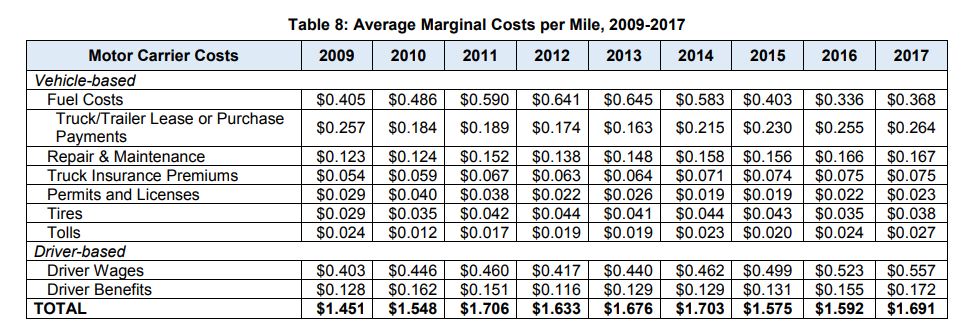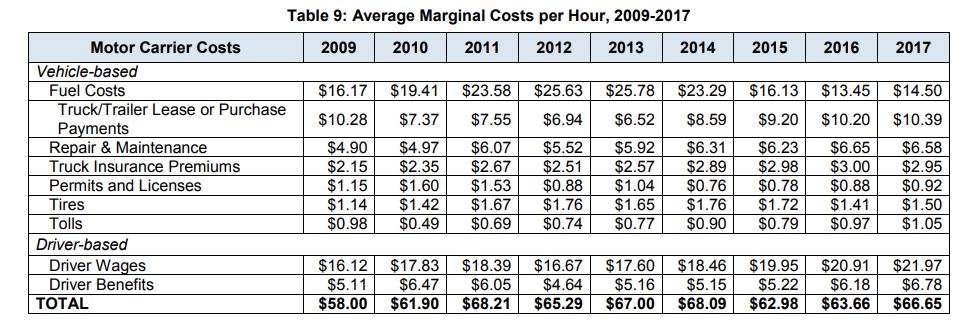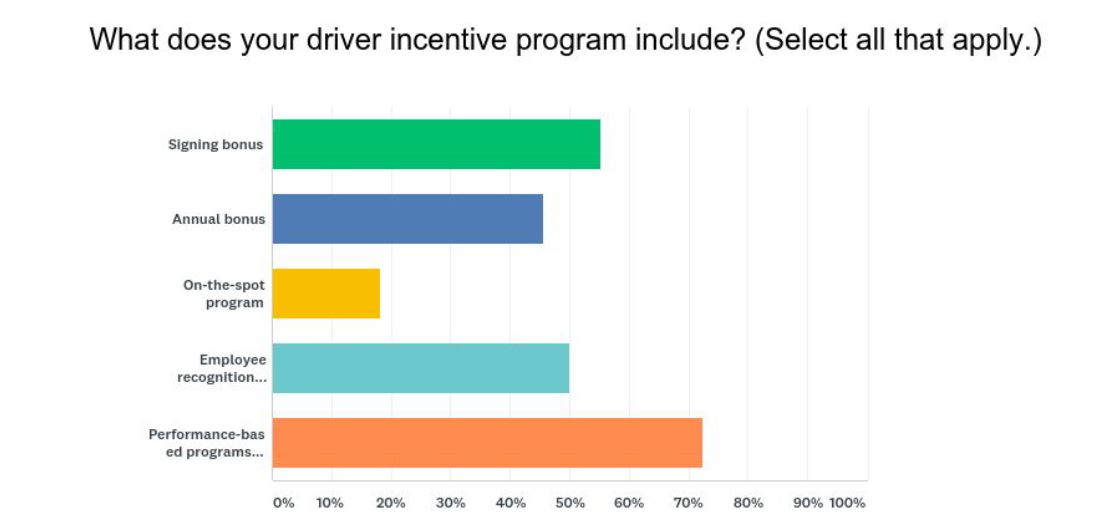
Addressing the Driver Shortage Issue Today
According to a new report from the American Transportation Research Institute, fleet operating costs increased to their highest levels since 2014, driven by recent rising fuel prices, and pay and benefit increases for drivers.

The 2018 update to ATRI’s report, An Analysis of the Operational Costs of Trucking, shows that the average marginal cost per mile for fleets rose 6% in 2017 to $1.69. Over the nine years of ATRI research, costs have only topped that mark in 2011 and 2015, at around $1.70. ATRI also tracked the average hourly cost for fleets, totaling $66.65 per hour, which is up nearly $3 from 2016.

Driver wages and benefits make up the largest chunk of a fleet’s operational costs, representing 43% of the total average marginal costs. Responding to an increasing need for qualified truck drivers, driver wages and benefits have increased 33.6% in the past five years. The report found that benefits, in particular, have been increasing as fleets realize that increasing pay is not enough to recruit and retain new drivers.
Around 63% of the fleets participating in ATRI’s study offer drivers some type of financial incentive or bonus beyond wages, many of these based on safe driving and on-time delivery performance. ATRI expects pay and benefits to continue to rise due to booming freight demand this year and severe truck capacity constraints.
Now is a great time to consider a performance-based driver incentive program. Results from a recent FreightWaves survey of the industry (and reported in a recent webinar), shows more than 70% of respondents include performance-based incentives as part of their overall bonus program.

A data-driven performance program provides fleets with an unbiased view of their safest, most improved and overall best drivers. The result is a win for the fleet (safer drivers) and a win for the drivers (more money). Critical to ensuring a fair and consistent performance-based incentive program is a customizable Driver Scorecard that easily measures safety performance across metrics such as speeding, seat belt usage, mobile device usage, idling, etc. and enables fleets to quickly recognize and reward top-performing drivers.
Fleets across the country are addressing driver recruitment and retention with performance-based incentive programs. To learn more, read Paying for Safety.
- Posted by Melissa.Senoff@smartdrive.net
- On 14 October 2018